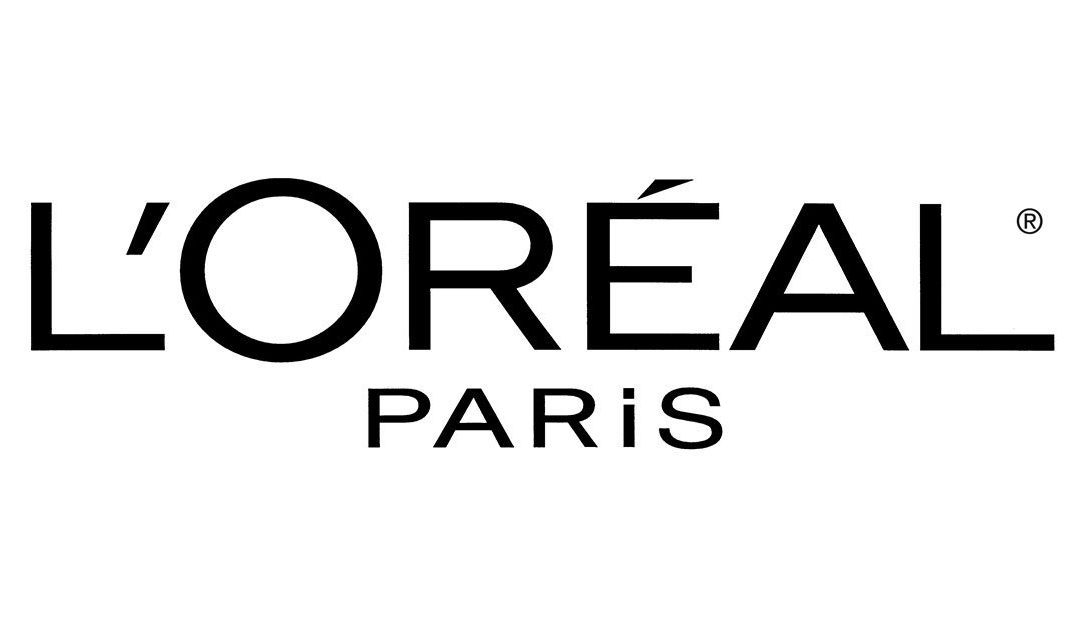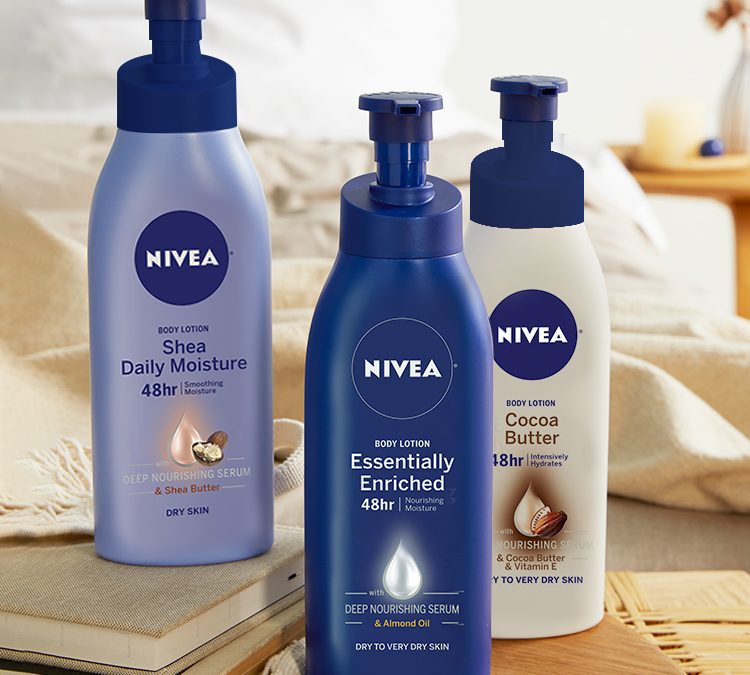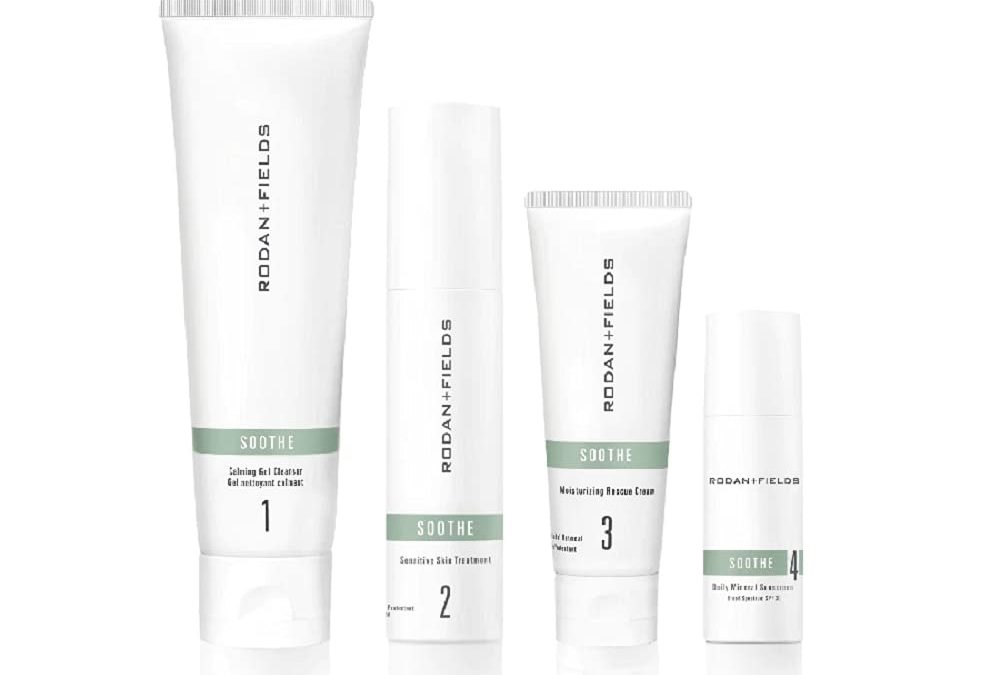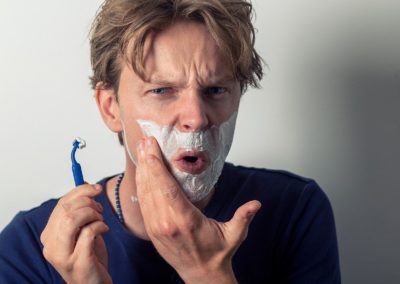How To Condition Curly Hair

written by nail expert Jess Rowley
Topics we've covered
How To Condition Curly Hair:
Taking care of your curls is no easy feat; you need to be a pro at co-washing your hair, washing your curly hair with shampoo and conditioner, knowing how to style your curls.
But conditioning curly hair is the most important step of all.
Since curly hair is the most fragile type of hair, not to mention the driest, maintaining a good conditioning curly hair care routine is crucial to keep curls hydrated and full of life.
Hair is most fragile while wet, so we curly girls rely on the conditioner to make detangling a breeze. We either have a wide-tooth comb or detangling brush at the ready in the shower.
But how do you condition curly hair?
There are many different ways you can condition curly hair, from your regular daily condition, co-washing, to applying your deep conditioner. I’m here to show you the basics for each.
Having curly hair is a constant learning curve, working out what works for your curl type and hair, along with working out what works for your daily routine because, let’s face it, we don’t have all the time in the world.
Stay tuned. You won’t want to miss this!

How Often Should You Condition Curly Hair?
For curly hair, there is a general rule of thumb when it comes to conditioning your hair. You should use your regular curly hair conditioner every time you wash your hair with shampoo.
Shampoo and conditioner go hand in hand– the basics! With curly hair is recommended that you shampoo your hair once a week with shampoo and co-wash in between.
Using sulfate-free shampoo is the fundamentals of curly hair care; regular sulfate shampoo can damage curls.
It strips your hair from its natural oils, and since curly hair is lacking in these oils already, it can really dry out the ends, causing frizz.
So whenever you shampoo your hair, make sure you condition it with a hydrating conditioner; it also gets bonus points if it has detangling features.
Use a wide-tooth comb to detangle while the conditioner is on, and you should be good to go.
How Often Should You Deep Condition Curly Hair?
So now we’ve covered the basics of how often you should use a deep conditioner on your curly hair? Using a deep conditioning mask is a brilliant way to strengthen, repair and nourish curls.
I like to do a deep conditioning treatment every one to two weeks. I personally love creating my own DIY deep conditioner, so I have complete control over the benefits I’d like to target. Check out my favorite recipes here.
Here’s a tip: spray down your curly hair with a water spray and work in layers, applying from the root to the tip and combing through.
I like to do this half an hour before I wash my hair. Wash and condition like usual, and your hair will feel silky and frizz-free.
How Often Should You Co-Wash Curly Hair?
Co-washing is washing your hair with cleansing conditioners. Many curlies and coilies co-wash their hair in between shampoo washes.
Sulfate-free shampoo can still be quite harsh on curls, especially tight and textured curls, so they will co-wash their hair to clean their scalp and hydrate their hair.
I would recommend co-washing once or twice a week, depending on what works for your curls. If you use a gentle co-wash, there is no reason why you can’t condition your hair every other day.

How to Co-Wash Curly Hair:
Co-washing is when you wash your hair with a cleansing conditioner, conditioner can still clean your scalp, but it leaves curls nourished rather than dried out and tangled.
Co-washing is a popular way to cleanse curls in between shampooing. It is particularly popular amongst tight curly and coily haired girls.
Some tightly textured curly girls prefer to co-wash their hair instead of using sulfate-free shampoo as sulfate-free shampoo can still be quite harsh on tight curls.
You can co-wash in-between washes and then only shampoo your hair once every 1-2 weeks.
Here’s a technique I personally love to use when co-washing my curls:
Fully drench your hair with water:
Before you go in with the cleansing conditioner, you’ll need to soak until it is sopping wet; this should help loosen debris, making it easier to rinse out dirt and grime.
Before I go in with my cleansing conditioner, I like to give my scalp a good one-minute massage under the shower to help break down the grime and stimulate the scalp.
This should also help distribute the product evenly throughout the hair to prevent any greasy spots where you may have gone overboard with the conditioner or accidentally missed it.
Coat your hair with conditioner:
Forget the BS about how you need a dime-size amount of conditioner; when using a cleansing conditioner, you need enough to cover the root of your hair to the tip.
For some people, if it can be as much as a golf-ball-size amount, don’t be shy with the conditioner as remember you’re not just conditioning your hair but also cleansing.
Massage, massage, and massage some more:
You want to massage your scalp like no tomorrow to help evenly distribute the conditioner from the scalp to the ends. This should help break down any residue leftover from your styling products.
You should be massaging your scalp for at least 60 seconds to help stimulate the blood flow and remove all dirt and grime from your roots; you need to work it more than shampoo to notice the most benefits.
Once it has been evenly distributed and you have a spare few minutes, I recommend leaving it for 3 to 5 minutes (especially if your hair is particularly dry or damaged), and then it will act as a mask.
Rinse
After the 5 minutes, rinse and massage your scalp for a further minute or two; this will prevent the conditioner from leaving a greasy residue on the ends of your hair.
If you have high porosity hair, I would recommend doing this step with cold water, as this should help close the cuticle.
Apply your styling gels, serums, creams, leave-in conditioners all the styling products to soaking wet hair to seal the cuticle and lock in the moisture.

How To Deep Condition Curly Hair:
Deep conditioning is key to luscious curls. Arguably maintains a good deep conditioning routine is crucial to damaged hair and split ends.
Since you only need to do this once every week or two, you can set a day on the weekend to wash your curls and do a deep treatment that you can leave on for half an hour.
Here’s how you do it:
Step One:
The first thing you’ll want to do is first wash your hair twice with shampoo (sulfate-free shampoo, of course), massaging your scalp for a minute or two while shampooing.
Remember to wash your hair twice as the first shampoo tends to break down the grime and oils in your scalp while the second shampoo removes them and actually cleanses your scalp.
Section your hair into multiple sections and apply a generous amount of deep conditioner or your treatment mask.
I like to start underneath and work through each section to ensure each strand is covered evenly. You’ll want the roots to the ends to be saturated with the product.
You’ll also want to be sure to apply the deep conditioning mask to soaking wet hair as it allows for better absorption and helps hair retain and absorb as much moisture as possible.
Step Two:
Once you’ve completely drenched your curls in the treatment hair mask, next up is to grab your curl-friendly wide-tooth comb and detangle each section of hair from the roots to the tips.
Detangling your hair from the ends to the roots can help evenly distribute the deep conditioner throughout the hair and allow the deep conditioner to penetrate more deeply into the hair strand.
This also gives hair a little bit of slick to it, so you can detangle easily without the comb tugging, snagging, or pulling on the curls, which causes breakage.
Step Three:
Once you’ve combed through the leave-in hair mask, you should cover your hair with a plastic cap or wrap. If you have high porosity hair, you can leave it for 30 mins to an hour.
If you have low porosity hair, you can also warm your cap with a blow dryer, hooded dryer, or steamer for 30-45 minutes; this will help open the cuticle and penetrate the deep conditioner deeper into the cuticle for the ultimate product absorption.
This step really depends on your hair’s porosity.
Step Four:
Once the timer has gone off, you can hop back in the shower and rinse the treatment off your hair. If you have high porosity hair, it is recommended to do a cold rinse; this will help close the cuticle.
That being said, even with low porosity hair, having a cool rinse will prevent frizz. High porosity girls should apply a gel or serum to seal the cuticle further.
You can then apply your styling products to your sopping wet hair and style like usual. Remember if you use a towel to use a microfibre towel or cotton t-shirt.

How To Daily Condition Curly Hair:
So we’ve now covered how to co-wash your hair and how to deep condition your curls, and condition your hair normally.
We should condition our curls every time we wash our hair. We can condition the ends of our curls every day if need be and rinse our head with water to help get rid of excess oils.
The first thing you’ll want to do is wash your curls twice with shampoo. Remember you should only really shampoo once a week unless you have quite fine, greasy hair, and it MUST be with a sulfate-free shampoo.
Sulfates can be very stripping to the hair and can really damage the ends of the hair, causing curls to dry out, frizz and even loss of definition in the curls. Once you’ve shampooed twice with a low-poo shampoo, you’re ready to go in with the conditioner.
Apply conditioner and start detangling:
With curly hair, brushing your curls while dry is a no-go. Instead, you have to detangle while wet, being extra careful as your hair is most fragile while wet.
This is why I recommend detangling with your fingers or a wide-tooth comb while the ends of your hair are soaked with conditioner; this will give your hair slip and help easily detangle knots.
Be patient and do this step in sections, starting underneath and working your way to the top; I do a rough detangle while the conditioner is on, then thoroughly after rinsing out and applying my leave-in conditioner.
Combing your hair while the conditioner is on the ends also helps encourage as much moisture as possible to enter the cuticle– which is ideal if you have low porosity hair.
As I said earlier, you have to be sure to avoid silicones in your conditioners, these leave a plastic film over the ends of your hair, and while your hair will look shiny, it will lead to buildup and can be quite drying.
Silicones can only be removed with a sulfate shampoo, so if you accidentally use silicones, be sure to do a ‘reset’ wash with regular, clarifying shampoo.
Apply styling products to sopping wet hair:
After showering, I prefer to work in sections when applying my styling cream or gel. Instead of applying them in the shower, I use a water spray, soak each section before applying my gel, and then style with my Denman Brush.
Most curly girls prefer to apply all their products in the shower before drying their hair, but I find I have a more defined curl when I use this technique.

How To Deep Condition Curly Hair With Coconut Oil:
Coconut oil is like liquid gold for curly hair and retaining the natural curl pattern. It has benefits on both the hair and scalp and especially for damaged hair.
If you have thick, coarse curls, then using ingredients like coconut oil and shea butter will be the best combination for your natural curls.
Coconut oil can really benefit your hair if you regularly use it in your routine.
You can either use coconut oil on its own or with shea butter. If you’re using it with shea butter, make sure you melt it before combining the two so they’re evenly mixed.
Apply all over your hair, starting at the roots and making your way to the tips; once each section is evenly covered, grab yourself a wide-tooth comb and gently comb through.
Tie your hair up in a bun and put on a shower cap, and leave it on your hair for 20-30 minutes.
If you have low porosity hair, you can sit under a blow dryer or use a steamer to help the coconut oil penetrate the cuticle.
Benefits of using coconut oil on your hair:
Seals in moisture:
Coconut oil works by sealing in water in your hair strand, preventing it from evaporating. This means your hair is more hydrated and the moisture barrier restored.
It also helps seal split ends and strengthens hair to prevent breakage. The high vitamins and essential fatty acids penetrate deep into the hair strands to moisturize the hair.
It leaves hair looking shinier and stronger for longer.
Full of fatty acids:
Fatty acids are crucial to the health of your hair. It can help improve the health of your hair from the inside; they are full of nutrients and proteins, which help strengthen the hair strand and even reduce hair loss.
Coconut oil really benefits those suffering from hair loss; despite it not directing hair growth, it helps protect the hair and slow the process of hair loss and strengthen brittle and weak hair, so hair appears thicker.
Anti-fungal:
Coconut oil has anti-fungal and antiviral properties, which means it helps to keep away viruses and fungus that may live on your hair. This can be especially beneficial for those with problematic scalps such as dandruff.
It has antimicrobial and antibacterial properties, too. Hence, it works against bacteria to keep your scalp clean and clear, which can be key in preventing fungal infections, dry scalp, or dandruff.
Anti-inflammatory:
If you suffer from skin conditions or have sensitive skin, then you’ll love coconut oil. It has anti-inflammatory properties that help to soothe irritated skin and reduce inflammation.
It won’t irritate the scalp, so it is ideal for those with a sensitive scalp needing a strengthening treatment.
Help your hair grow longer:
While coconut oil isn’t directly linked to hair growth, it can help aid hair growth by nourishing hair and leaving hair healthy.
Using coconut oil on your hair can have some serious benefits on hair growth. It protects your hair from protein loss and damage when wet; it moisturizes your scalp to reduce breakage.
It can also protect your hair from environmental damage like wind, sun, and smoke if you apply coconut oil frequently in your hair routine as conditioners once a week can majorly strengthen hair.
Check out my full guide on the benefits of using coconut oil for hair growth here.
Benefits of using shea butter & coconut oil together:
Mixing shea butter with coconut oil has crazy benefits on thick, coarse hair and particularly curls.
Shea butter acts as a natural heat protectant that creates a barrier around your hair strands; this shields them from heat damage.
Shea butter is a brilliant emollient and occlusive, so it works well to hydrate strands and nourishes the ends. Coconut oil has brilliant moisturizing qualities and can also provide a protective coating to seal hair.
Earlier, coconut oil is high in vitamins and essential fatty acids, which penetrate deeply into the hair strands to moisturize the hair.
Shea butter and coconut oil are quite heavy ingredients, so they’re best for dry, coarse, curly, or coily hair that needs some serious moisturizing. It is not recommended to be used on naturally greasy or fine hair.
Summary:
So there you have it, how you condition your curls. Whether you’re wondering how to deep condition, co-wash, or how to condition curls regularly, there you have it!
Deep conditioning your curls should be done one to two times a week, twice a week if you have dry hair; remember to co-wash your curls between your shampooing days; this will revive curls and give them their bounce.
You can condition using a curly-friendly conditioner or with your own homemade conditioner. Just keep out for the nasty harsh chemicals in store-bought conditioners, especially silicones.
I would say that the conditioner is the most important part of your curly hair routine; since curls are the driest hair type, it needs the most hydration.
Natural oils struggle to reach the ends of your hair so that you may notice a greasy scalp with dry ends. Just rinsing your scalp and co-washing the ends should help combat the excess oils.
After properly learning how to care for my curls, I noticed that they were much bouncier, full of life, and more hydrated.
Give some of these techniques a go today!

Best L’Oreal Products For Men
[Review] in 2022 written by nail expert Jess RowleyCheck out the results fast - here are our review winners[dica_divi_carousel item_width_tablet="400px" item_width_phone="345px"...

Best Neutrogena Skincare Products
[Review] in 2022 written by nail expert Jess RowleyCheck out the results fast - here are our review winners[dica_divi_carousel item_width_tablet="400px" item_width_phone="345px"...

Best Nivea Products For Men
[Review] in 2022 written by nail expert Jess RowleyCheck out the results fast - here are our review winners[dica_divi_carousel item_width_tablet="400px" item_width_phone="345px"...

Best Rodan+ Fields Products
[Review] in 2022 written by nail expert Jess RowleyCheck out the results fast - here are our review winners[dica_divi_carousel item_width_tablet="400px" item_width_phone="345px"...
Related Post: Best Conditioner For Curly Hair

